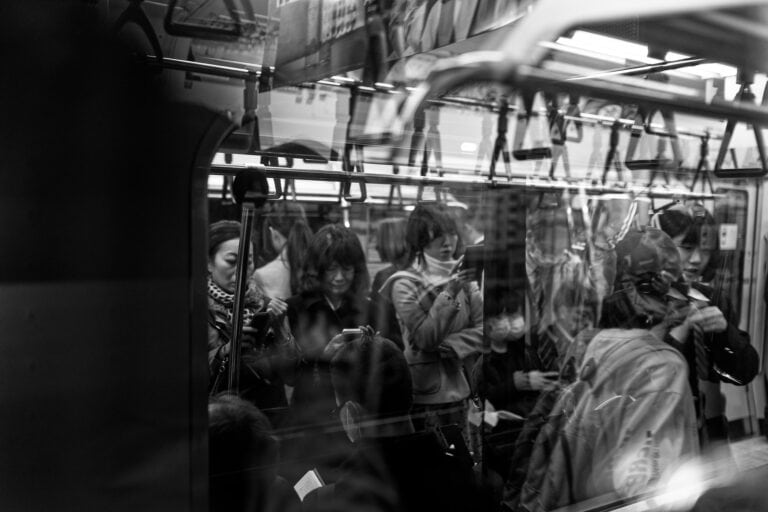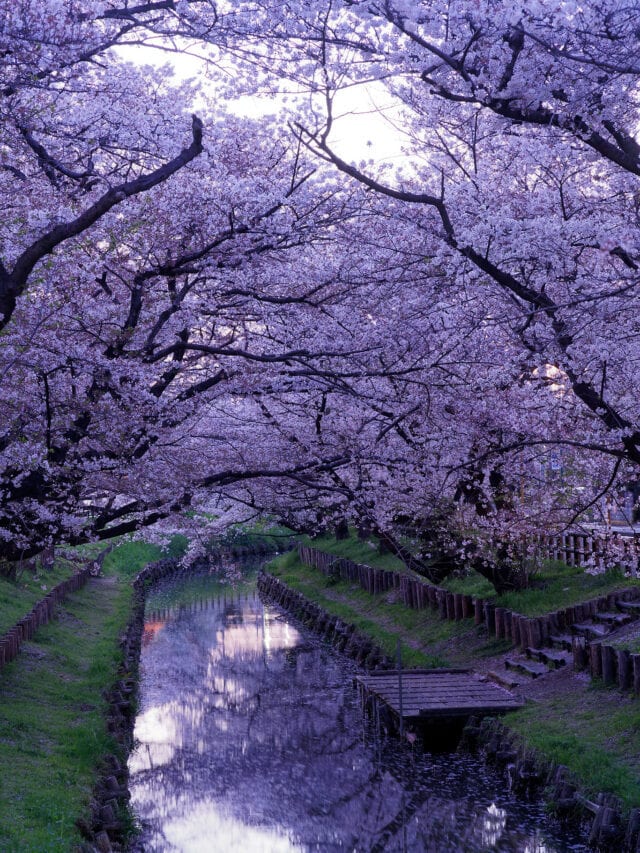
I’m sure a lot of us have seen photo challenges before. They are often fairly simple concepts. Such lists often provide 1-3 word topics to shoot, for example; red, numbers, photograph a stranger, go somewhere new, food, texture, etc. These types of challenges can be helpful and can lead to great shots. They can be beneficial for several reasons such as experimenting, practicing new techniques, and learning new equipment. They can help you break out of creative ruts or help you develop and hone skills. Unfortunately, they don’t tend to be particularly unique photo challenges.
If you want to skip all this and just get to the challenges, scroll down and you can download it.
What Many Photo Challenges Lack
Don’t get me wrong. There are several of these challenges that I like and use while teaching photography. One such challenge is to shoot the same subject from different viewpoints. Or another is to shoot several photos from the same location, using a variety of viewpoints, techniques, lenses, and/or focal lengths. For both of these challenges, having a set number of photographs, such as 10-20, forces you to get creative in order to not take the same photo. Not all shots will be keepers, but just the act of experimenting can benefit in your photography. Challenges like these certainly can help develop photographic vision and other skills.
But as much as I find benefit in some of these basic challenges, I personally feel that many lack depth. They provide some ideas for basic development of photography skills, but can be mundane for some people. Furthermore, they don’t tend to promote connection and personal development.
“The real voyage of discovery consists not in seeking new landscapes, but in having new eyes.”
– Marcel Proust
Learning From Photography: Perception
There is a lot that can be learned from photography that isn’t strictly photography. I plan to discuss some of these in more detail in future posts, but for now let’s focus on perception.
So much about photography revolves around perception. Obviously, we perceive things through sight and that’s a vital part of photography. However, not taking advantage of the other senses takes away from the potential experience.
Of course, photography caters to sight. It doesn’t really allow the photographer to capture the other senses in the same capacity. Nonetheless, some photos have the ability to imply or visually represent these senses. A good photo can draw the viewer into the moment and practically experience these senses or feel other emotions. This is something I’m sure many people are aware of. So, the aspect of perception I believe is overlooked is the ability of photography to open the door for experiences and personal development for the photographer.
Making photos can be a deeply personal experience if you let it. It allows you to take in elements of your surroundings and opens doors to learning about yourself, others, and the world. Photography can be a catalyst of curiosity, personal development, education and wisdom.
“Knowing yourself is the beginning of all wisdom.”
– Aristotle
How Photography Has Helped Me
There are several things I’ve learned from photography. I’m an introvert. I prefer being alone, with one other person, or in small groups of no more than four. I’m fine being around people in large groups such as social gatherings, events, and while teaching. I even enjoy them, on occasion, but it takes a lot of energy from me. I inevitably need time alone afterwards.
I’m also not the type of person to strike up a random conversation with strangers. Interestingly, photography pulls me out of my introversion. When taking photos I find myself interacting with random people. I’ve found this beneficial for certain types of street photography and street portraits, in particular.
Moreover, I often find street portraits more appealing if I have, at least, a small connection with the person. Viewers also tend to be partial to those images as well, regardless of not having the experience. While I find this to be of value for my work, I even more so appreciate the experience of interaction with people. I appreciate learning about individuals, the unique people that make up a society, and how people embody various cultures and beliefs.
“The most beautiful thing we can experience is the mysterious. It is the source of all true art and science.“
– Albert Einstein

A Catalyst
The creative output, our photos, are often seen as the intent and motivation of photography. Accurate as it may be, this mindset is leaving a lot on the table. Pay attention. Look for things you don’t understand. Ask questions. Approach photography and interaction with your subjects with an open mind. Let your senses lead as you explore and inspire you to learn even more.
Your experience through your senses effect not just how you see a photo, but how you feel an experience. This can influence your technique and intent of a photo. Preparing your shot in-camera through choices of composition, lighting, and settings is the next step. Finally, post-processing allows you to further capture the look and feel of the image your are aiming for. However, perception, how we see and experience a moment comes first. Don’t shy away from the unknown, but let it draw you in and guide you from complete ignorance to a state of slightly less ignorance.
Now, this brings us to…
The Challenges
I’ve rambled on for a bit, so let’s get to the reason for this post, the actually unique photo challenges.
In chemistry, there is something called concurrent tandem catalysis. This is where multiple catalysts produce a product otherwise not accessible by a single catalyst. Photography can become a catalyst for your development, the same way knowledge can. Not just knowledge in photography, but knowledge in other topics become a foundation. It’s a basis from which you can use to begin and continue your exploration. Together they can provide a whole new opportunity.
The challenges are based on this idea of concurrent tandem catalysis. I have provided some themes to shoot, based on various ideas and thoughts outside of photography. Take this knowledge to expand how you perceive the world around you and connect to your environment. Then find a way to capture it.
Here’s the direct link to download it from Dropbox:
5 Unique Photography Challenges
Or
Sign up for the Photography Insight Journal at the bottom of this page.
After you confirm your e-mail, you will be sent a welcome e-mail with a link to download the book.
English
“>
English
As always, if you have any questions or comments feel free to reach out.
I’d also love to see what you come up with based on these challenges.
Send me a link in the comment section below, drop me a line in an e-mail or tag me on Instagram, @ted_stanton_photography, with your photos from the challenge.

